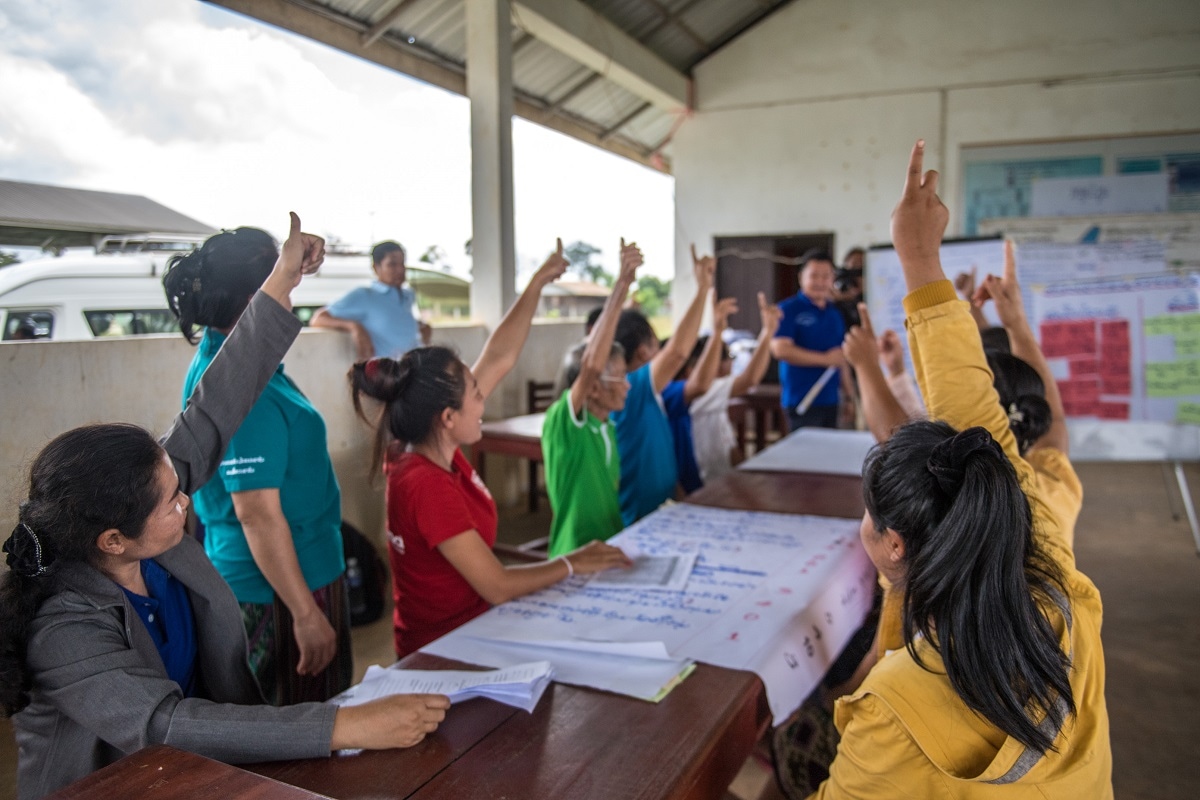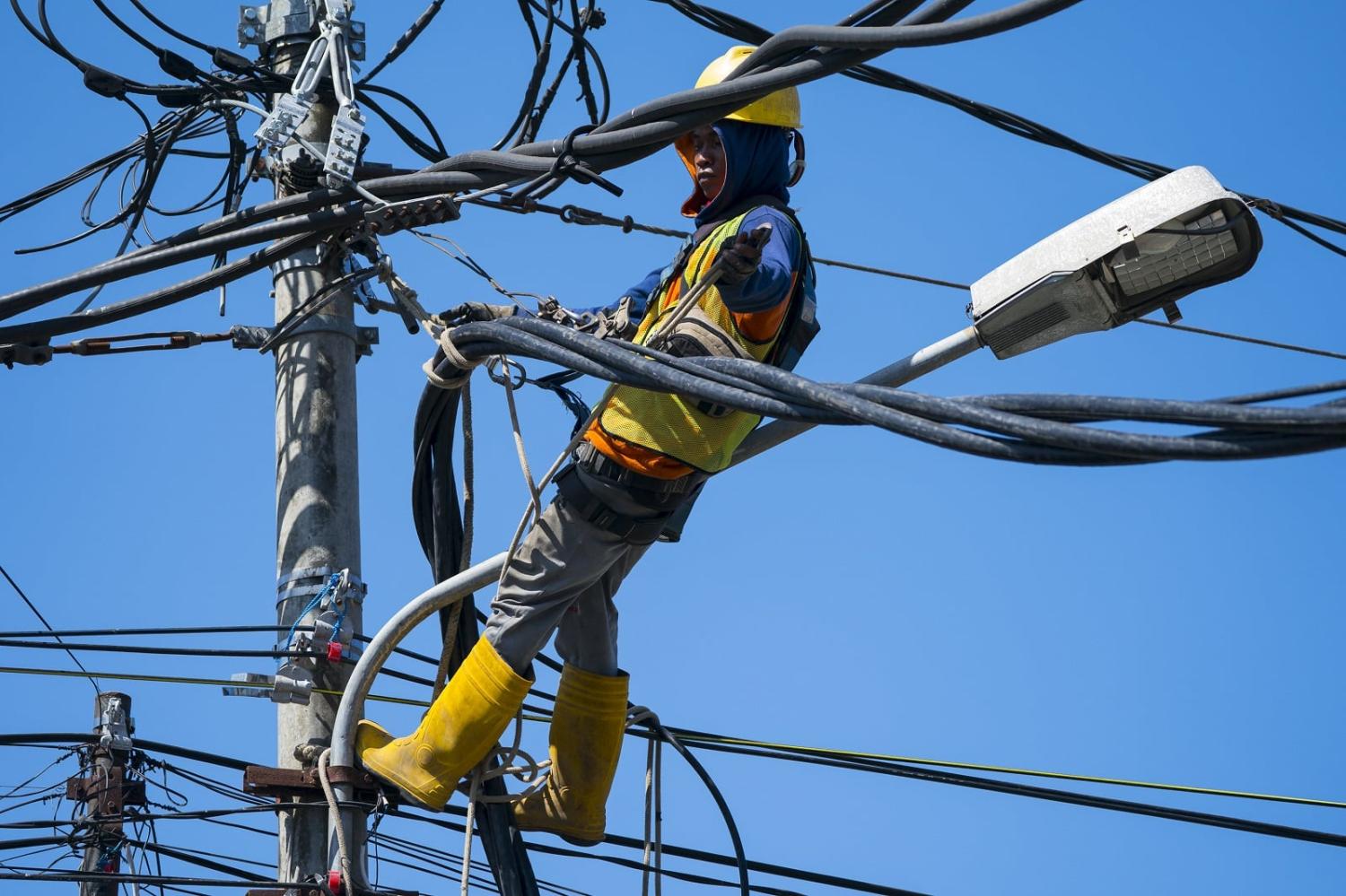Last week, Roland Rajah and Jenny Gordon wrote illuminating pieces on the pros and cons of Australia setting up its own development finance institution, or DFI. The debate comes as the government is midway through a review led by the Department of Foreign Affairs and Trade exploring new forms of development finance.
The non-government organisation (NGO) sector has a lot to offer in this area – several NGOs have led the charge into impact investing, well ahead of the government. NGOs are well placed to ensure that any expansion of Australia’s development finance capability is focused on achieving development impact (i.e. poverty reduction, climate adaptation and mitigation, and women's economic empowerment).
But let’s be clear, there’s a distinction that many get wrong: the difference between sovereign and non-sovereign financing. And the approach to delivering development impact is different for each.
Country debt – sovereign financing
“Sovereign financing” largely refers to loans to country governments – for example, Australia’s loans to Indonesia and Papua New Guinea, or many loans through the Australian Infrastructure Financing Facility for the Pacific. This is the space in which multilateral development banks such as the World Bank operate.
Within sovereign lending, NGOs provide advice and advocacy to governments with three objectives: (i) preventing debt distress, especially in the Pacific, (ii) insisting development outcomes are a precondition of any loan and (iii) better safeguards and transparency.
Despite this, there remain overwhelming concerns over how donor communities deploy sovereign loans. Data shows that 64 low-income countries spent more on debt repayments than on healthcare during the pandemic years.
Crowding in the private sector – non-sovereign financing
By “non-sovereign”, we are talking about investment in private financing deals. In the development space, that’s impact investing (investment generating positive social and environmental impact alongside financial return) and blended finance (using public funding to attract private sector investment for development outcomes). DFAT already has some mechanisms that have shown promise with these approaches. The non-sovereign space is where an Australian DFI would operate (such as British International Investment (BII) or the US International Development Finance Corporation).
There is some grey space between sovereign and non-sovereign financing. For instance, how would financing to a state-owned enterprise with a government guarantee be categorised? However, the broad point is that sovereign lending is often used with a geostrategic rationale or in a time of crisis. And if the government is interested in attracting private capital to solve development problems, then the focus is really on non-sovereign financing.

Most NGO work in development finance falls within the non-sovereign category. There are great examples: Good Return, Opportunity Internationals’ microfinance programs, Fred Hollows’ development bonds and Save the Children’s Investment Fund. Diverse views exist in the NGO community and not everyone agrees that development financing is part of the solution. Though everyone does agree it can never replace grant financing, and must be additional.
Building a better DFI
While Australia is one of the few OECD countries that does not have a dedicated DFI, this is a poor justification for proposing one. Rather, DFIs can produce significant positive development impacts. DFIs help develop local financial markets and alleviate financing constraints, particularly for small and medium enterprises (SMEs) – a significant engine of growth in developing countries. DFIs have also come a long way in supporting gender lens investing (see 2x Challenge) and are becoming a powerful and essential force in supporting developing countries achieve a transition to net zero carbon emissions.
However, DFIs are still prone to valid criticisms. Primarily that they are too risk averse. Their focus on minimum returns has meant they are not as catalytic as they could be. DFIs often target “big-ticket” investments that don’t seem to have direct impacts on poverty reduction. DFIs are also criticised for not focusing enough on government development priorities, meaning they are at times aloof from a government’s development agenda.
Some DFIs such as BII are recognising the need to address these criticisms. There is now greater effort to work more closely with partner governments and the broader development sector as well as make riskier investments in less-than-ideal circumstances. However, shifting the risk appetite and culture of financing institutions is slow.
As Australia looks to expand its development finance capability, DFAT should learn the shared lessons from the DFI community. This is a chance for Australia to design a DFI with capabilities that are best in class.
There are already areas within DFAT’s small blended finance portfolio where Australia has a leading edge that it can build upon. In particular, Australia is seen as a leader in gender lens investing. Through investment mechanisms such as Emerging Markets Impact Investment Fund and Investing in Women, Australia is building a reputation as a donor that is committed to investing with a gender lens and deploying financing with smaller ticket size to riskier market segments.
An Australian DFI that focuses on the Pacific nations would also be entering a space that other bilateral DFIs do not currently occupy, which could focus on smaller deals with development impact at the heart. According to the International Finance Corporation, 34 per cent of SMEs in East Asia and the Pacific face financing constraints, with an estimated finance gap of US$2.1 trillion in 2017. An Australian DFI that can alleviate the funding gap will not only improve local economies but also give better opportunities for skilled worker retention in target countries. Targeting investments in productive sectors such as manufacturing and infrastructure will contribute to economic transformation and growth, while raising incomes and creating job opportunities.
Many of the issues currently facing existing DFIs are largely attributable to a lack of time and human resources. Any Australian DFI should draw in and build sufficient development expertise to work in tandem with investment experts for greater development returns.
The NGO communities’ experience in impact investing will be critical in any design or scaling up in capability. NGOs have been working for decades in how to build local capacity and institutions, monitoring and accountability mechanisms, and understanding local context. Pairing the financial with the social will be essential in this equation.
Protecting precious Official Development Assistance funds and ensuring that development and environmental outcomes are achieved are both critical. Following Covid, poverty and global inequality are rising for the first time in 20 years. Surely the public would welcome the chance to have a greater development impact without it being a deficit to the federal budget, which a DFI would allow.
Australia’s largest institutional investors, development sector academics and those NGOs already operating in impact investment all agree on the potential of development finance, as contributions to the review demonstrate. Drawing on the sector’s experience as well as the experience of other DFIs offers Australia the opportunity to build a better development finance capability and drive development outcomes into the future.

